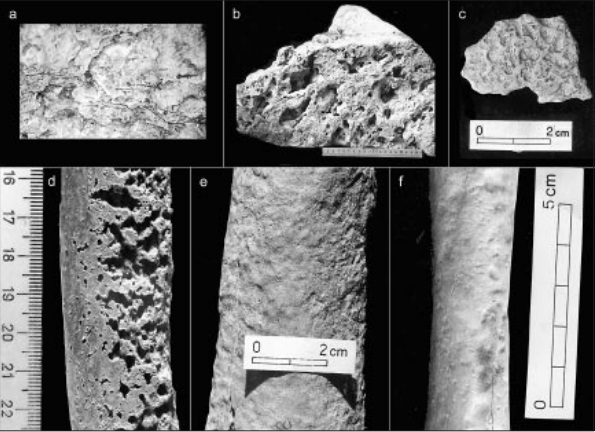Ocena vlage v mlajšepleistocenskem kraškem okolju: Paleoklima in paleomikrookolje v jami Divje babe I, Slovenija / Assessing Humidity in an Upper Pleistocene Karst Environment: Palaeoclimates and Palaeomicroenvironments at the Cave Divje babe I, Slovenia
DOI:
https://doi.org/10.3986/ac.v31i2.393Abstract
V članku je prikazan nov sedimentološki-klimatski model za razlago avtohtonih klastičnih sedimentov v mlajšepleistocenskem najdišču Divje babe I v Sloveniji. Analizirani sedimenti pripadajo kisikovi izotopski stopnji 1, 3 in 5 (OIS 1, OIS 3, OIS 5). Poudarek analize je na padavinah, ki smo jih razložili na podlagi količine avtigenih strukturnih agregatov v sedimentih. Ugotovitve smo podprli s kvantitativno analizo reliefno korodiranih klastov, ki pomenijo korozijo jamskega svoda, in izjedkanih kosti, ki pomenijo korozijo v jamskih tleh. Raziskali smo tudi odnos med klimo in jamskim medvedom ter neandertalcem in klimo, in sicer na podlagi množičnih fosilnih ostankov ter najdb artefaktov. Vse analize smo naredili na podlagi trodimenzionalnega vzorčenja, tj. v horizontalni in vertikalni smeri. Vzorčili smo 65 profilov na površini 65 m2. Vsak profil je imel 35 arbitrarnih stratigrafskih enot (režnjev) s podatki o agregatih, izjedkanih kosteh, fosilnih ostankih in artefaktih. Pri razlagi sedimentnih karakteristik, ki nakazujejo klimatske parametre, smo dosledno upoštevali holocenske standarde za najdišče. Ugotovili smo, da je bila klima v OIS 3 hladnejša in bolj vlažna kot v OIS 1 in OIS 5. Na klimatsko spremembo v OIS 3 so se z večjim obiskom jame odzvali ljudje in živali, vendar ne hkrati. Sprememba klime se je na mikrolokaciji jame domnevno pokazala predvsem v podaljšanem trajanju snežne odeje.
The article presents a new sedimentary-climatic model for explaining autochthonous clastic sediment in the Upper Pleistocene site, Divje babe I, Slovenia. The sediment analysed here was deposited during Oxygen Isotope Stages 1, 3 and 5 (OIS, OIS 3, OIS 5). The stress is on precipitation, which we explained on the basis of the quantity of authigenic structural aggregates in the sediment. We supported the results with quantitative analysis of clasts with etched surface, which represent corrosion of the cave ceiling, and etched bones, which represent corrosion on the cave ground. We also analysed the relation between climate and cave bears, and Neanderthals and climate, on the basis of mass fossil remains and finds of artefacts. All analyses were made on the basis of three-dimensional sampling, i.e., in horizontal and vertical directions. We sampled 65 profiles over an area of 65 m2. Each profile had 35 arbitrary stratigraphic units (splits) with data on aggregates, etched bones, fossil remains and artefacts. In explaining the sediment characteristics that point to climatic parameters, we consistently took into account the Holocene standards for the site. We found that the climate in OIS 3 was colder and damper than in OIS 1 and OIS 5. People and animals responded to the climatic changes in OIS 3 with more visits to the cave, but not at the same time. The climatic change was presumably reflected in the microlocation of the cave mainly by the longer duration of snow cover.
Downloads

Downloads
Published
How to Cite
Issue
Section
License
Authors guarantee that the work is their own original creation and does not infringe any statutory or common-law copyright or any proprietary right of any third party. In case of claims by third parties, authors commit their self to defend the interests of the publisher, and shall cover any potential costs.
More in: Submission chapter




